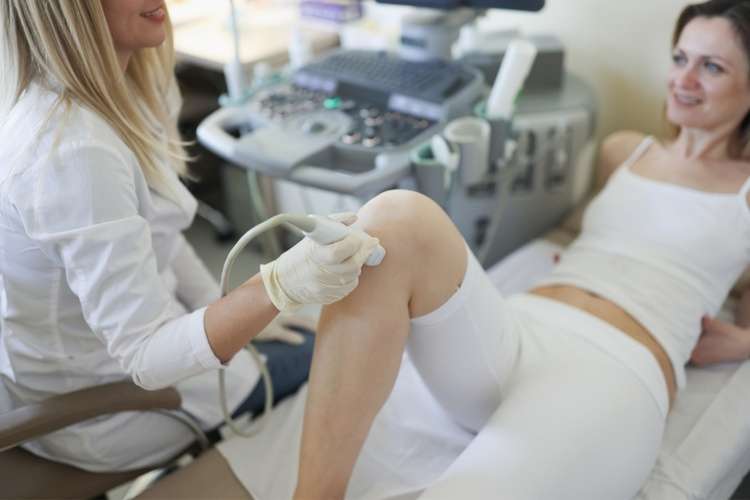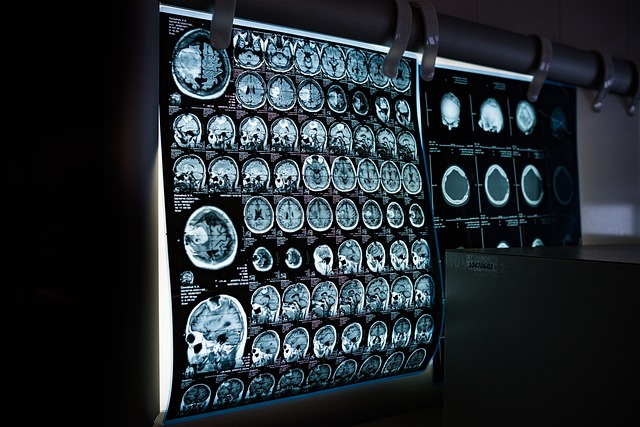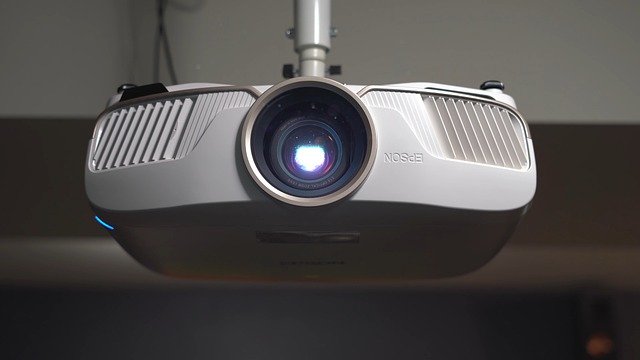X-Ray Technician Training: Skills, Programs, and Career Paths
Becoming an x-ray technician is a practical way to enter the healthcare field with hands-on medical responsibilities that support diagnosis and patient care. Training programs teach imaging techniques, radiation safety, patient positioning, and basic anatomy, preparing graduates for roles across hospitals, clinics, and imaging centers. This article outlines what to expect from training, day-to-day duties, and pathways for career development.

This article is for informational purposes only and should not be considered medical advice. Please consult a qualified healthcare professional for personalized guidance and treatment.
Healthcare: Where do x-ray technicians work?
X-ray technicians are employed in a variety of healthcare settings, from large medical centers to outpatient imaging clinics. In hospitals they often support emergency departments and inpatient units, while in smaller clinics they may perform scheduled diagnostic exams. Work environments demand collaboration with radiologists, nurses, and physicians, and technicians must adapt to fast-paced or routine schedules depending on the facility’s patient volume.
X-ray: Core skills taught in training programs
Training emphasizes practical x-ray skills such as operating radiographic equipment, selecting appropriate exposure settings, and positioning patients to capture diagnostically useful images. Programs include hands-on labs and supervised clinical rotations where students practice imaging techniques on different body regions. Education also covers image evaluation basics, digital imaging systems, and the fundamentals of radiation physics to ensure quality images while minimizing exposure.
Technician: Certification, competencies, and professional habits
Programs prepare students for certification exams (where applicable) and teach professional competencies like communication, documentation, and infection control. Clinical judgment—knowing how to assist patients who are elderly, injured, or anxious—is a core professional habit. Employers expect technicians to follow protocols, maintain equipment logs, and contribute to a safe environment through routine quality assurance and adherence to regulatory standards for radiation protection.
Medical: Anatomy, safety, and legal knowledge
A solid medical foundation is essential. Training covers human anatomy and physiology relevant to imaging, common pathologies seen on x-rays, and contrast between modalities. Safety training includes radiation protection principles (time, distance, shielding), proper use of lead aprons and gonadal shields, and understanding dose management. Programs also introduce legal and ethical topics such as patient consent, privacy (HIPAA in the U.S.), and documentation standards.
Hospital: Career paths and advancement opportunities
Working in a hospital often exposes technicians to complex cases and a wider technology mix—CT, fluoroscopy, and mobile radiography—creating opportunities for specialization. Career advancement can follow several paths: advanced imaging modalities (CT or MRI tech), supervisory roles, education and training positions, or pursuing further medical imaging credentials. Hospitals frequently support continuing education and may offer cross-training to expand clinical responsibilities.
Training providers and local services for x-ray technicians
Prospective students can choose community college programs, technical schools, or hospital-based radiography programs that include didactic coursework plus clinical internships. Below are examples of established training providers and the typical services they offer. Availability varies by location; consider programs accredited by recognized bodies (such as the Joint Review Committee on Education in Radiologic Technology in the U.S.) and check local services in your area for clinical placement opportunities.
| Provider Name | Services Offered | Key Features/Benefits |
|---|---|---|
| Community colleges (local) | Associate degrees or certificates in radiography; clinical rotations | Affordable tuition, strong local employer links, day/evening classes |
| Pennsylvania College of Technology | Radiography degree programs and labs | Accredited program, comprehensive lab resources, clinical partnerships |
| University of Cincinnati Radiography Program | Degree-track radiography education with clinical experience | University resources, research exposure, varied clinical sites |
| Thomas Jefferson University | Radiologic science and advanced imaging tracks | Access to tertiary hospital cases, interprofessional training |
| Pima Community College | Radiography certificate/associate programs | Strong community reputation, focused clinical training |
Conclusion
X-ray technician training balances technical imaging instruction, medical knowledge, and real-world clinical practice to prepare graduates for vital roles in healthcare. Programs vary by type and duration, so evaluate accreditation, clinical placement opportunities, and the scope of skills taught when selecting a program. With foundational training and certification where required, graduates can build stable careers in hospitals, clinics, and diagnostic imaging centers, and choose paths for specialization and advancement.





